Winter has come and gone. Looking back, I think I did pretty well at surviving my first winter. My friends and persons I meet would ask,
"So, how was your first winter?"
And my response that never fades is always,
"Can you believe it? I am alive!!!"
As a Caribbean queen, this was a tough fight as I am used to my warm tropical beaches and my golden sunshine, all year round. The greatest thing for me is that I am a challenger and I don't mind a challenge - a challenge is just another chance to win or to learn a lesson.
 Image Source
Image SourceWhenever I hear the word Kimono, I think of winter. And if you know anything about Kimono, you would understand why I always associate it with winter. But in the event that you aren't sure what a Kimono is, let's add to our collection of knowledge.
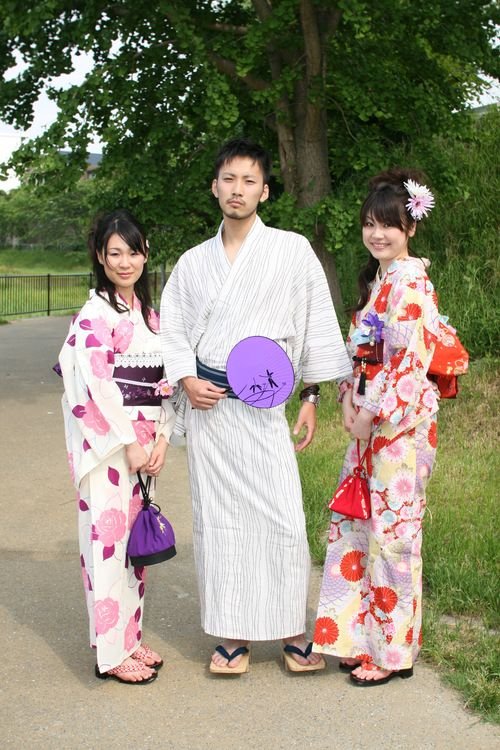
The kimono (着物) is a traditional Japanese dress. In modern day, it is worn only sparingly or during special occasions such as weddings, tea ceremonies, formal traditional events and funerals. An appropriate style and color of kimono is to be worn depending on the occasion and the person's age and marital status.
Men's kimono usually have more subdued colors and are made typically from matte fabrics. Partly for this reason, it is the women's kimono that generate more interest because their beautiful designs make them art pieces as much as they are garments. The women's kimono is traditionally made of silk, but these days they are also made of polyester. Decoration techniques include embroidery, yuzen painting, and dyeing - Kimono
Image Source
Kimonos have evolved with the passage of time and new styles and designs have come forth.
They (Kimonos) could be worn in layers to provide warmth in winter and kimonos made of breathable fabric such as linen were comfortable in summer. These advantages helped kimonos become part of Japanese people's everyday lives - History of Kimonos
Now for my awesome experience...
I went to "Experience Fukuyama" only expecting to be dressed in a Kimono but the experience that I had couldn't have been disclosed by anyone with mere words.
I really had to experience it for myself. I was beautifully adorned in apparels by staff members at Fukuju Kaiman, Fukuyama who were very kind and welcoming.
On that day I learned that Kimonos used to be worn everyday but today they are only worn for special occasions, as noted in the source above.
Indeed putting together this masterpiece is an art that one has to be taught. You wouldn't believe all the bits and pieces that are involved in putting it together. Just to give you an idea, I went in search of a pictorial representation. I have also included a representation of the male's Kimono.
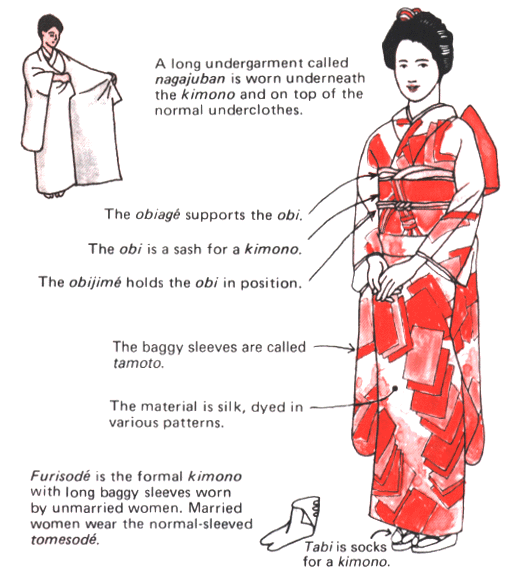.gif)
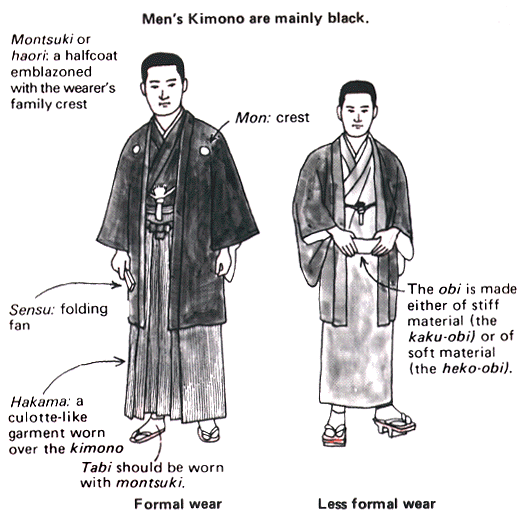
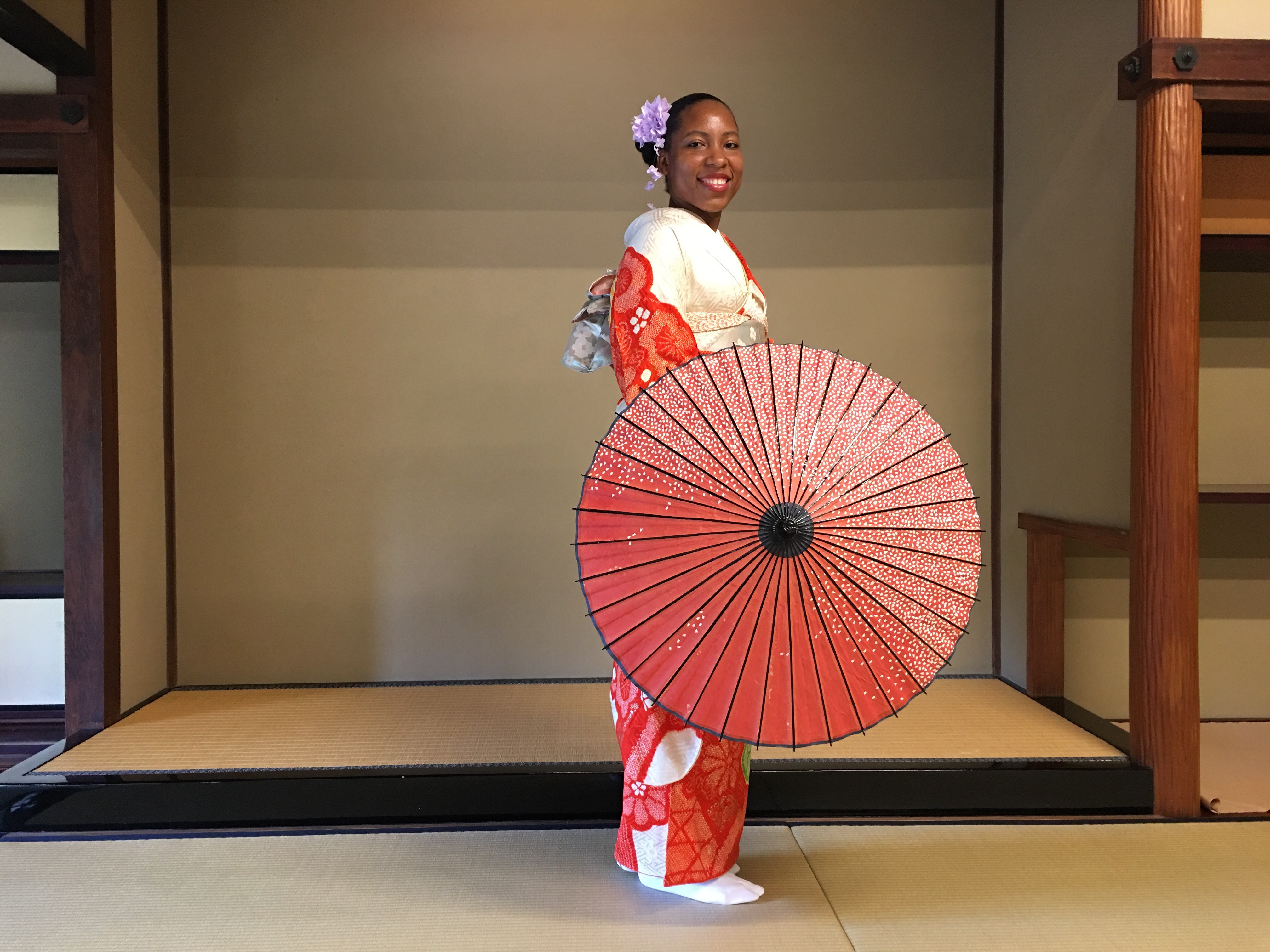.jpg)jpg](https://steemitimages.com/0x0/https://steemitimages.com/DQmWwQDHygcZDYrkVy37a7iZ2k5dsjknm4Mw6UCfVLeheq1/9.23.7.jpg)
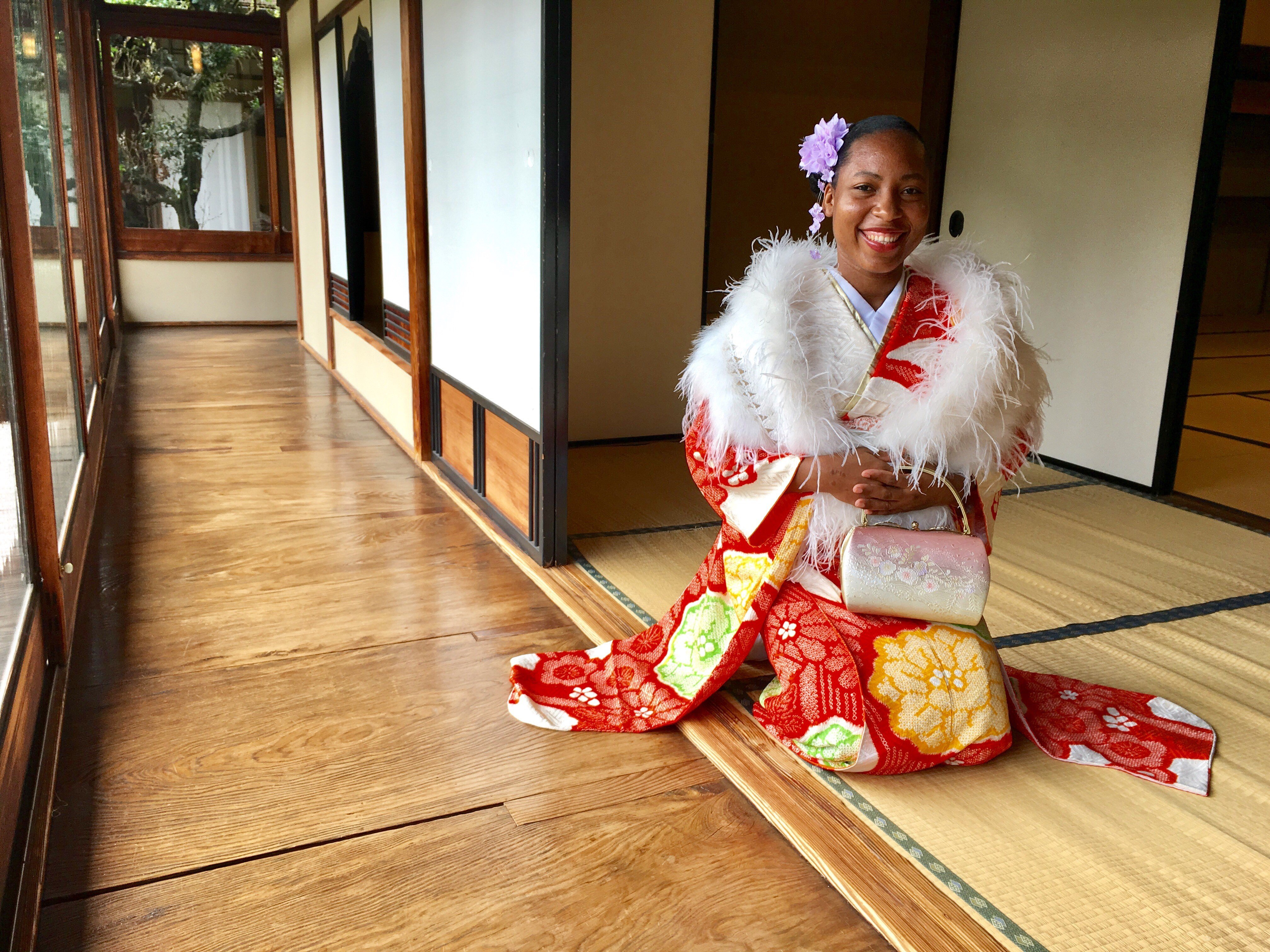
When wearing a kimono, ladies usually carry a small bag (most times a small basket-like bag) or they use the inside of the "tamoto" (baggy sleeves) as pockets.
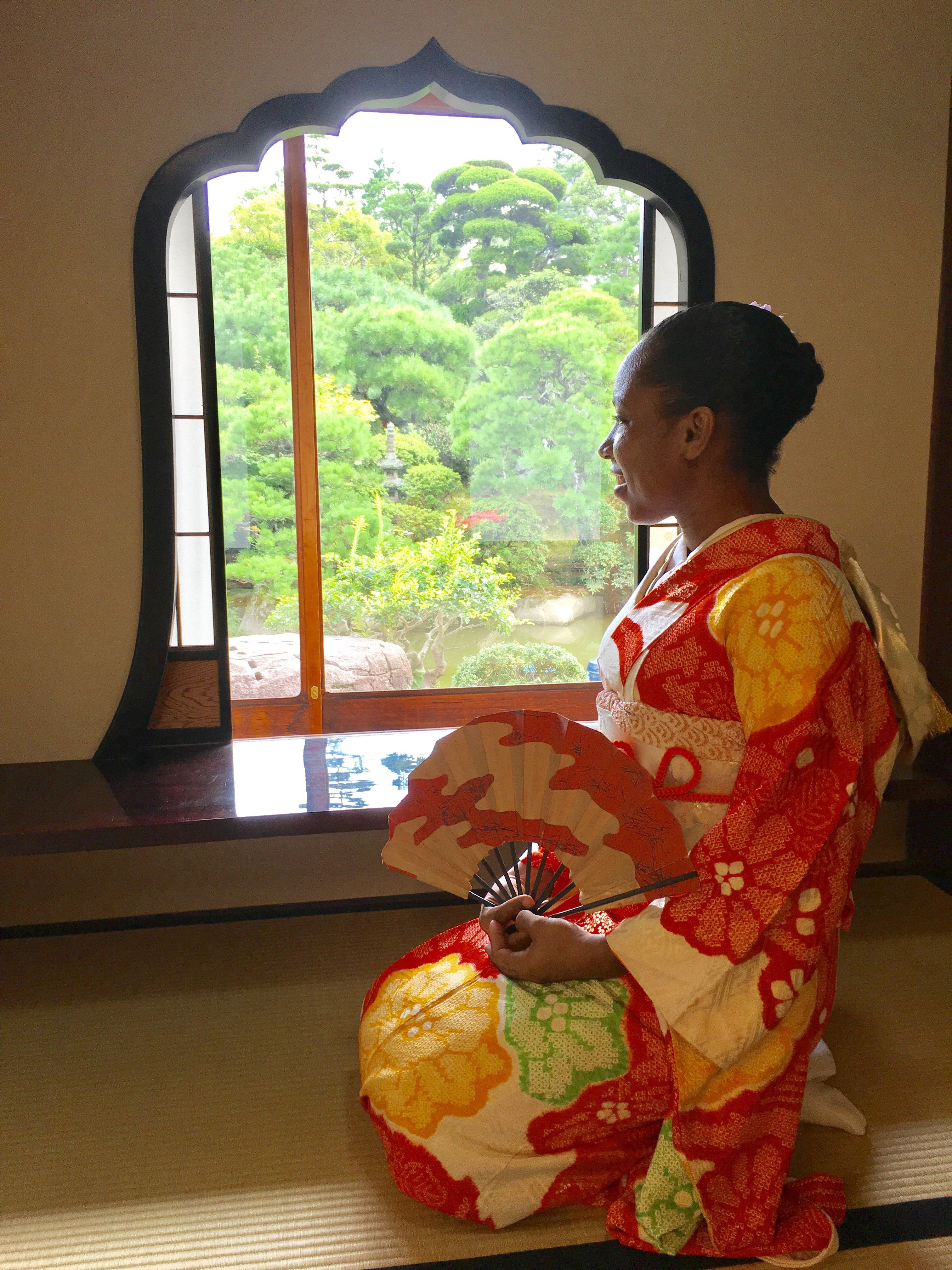
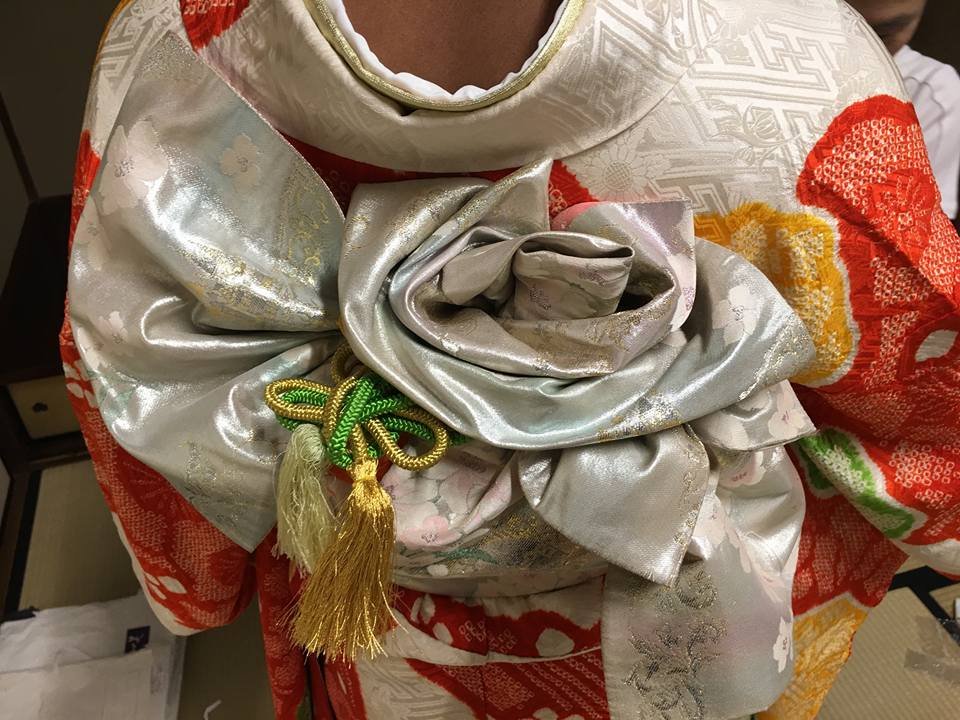.jpg)
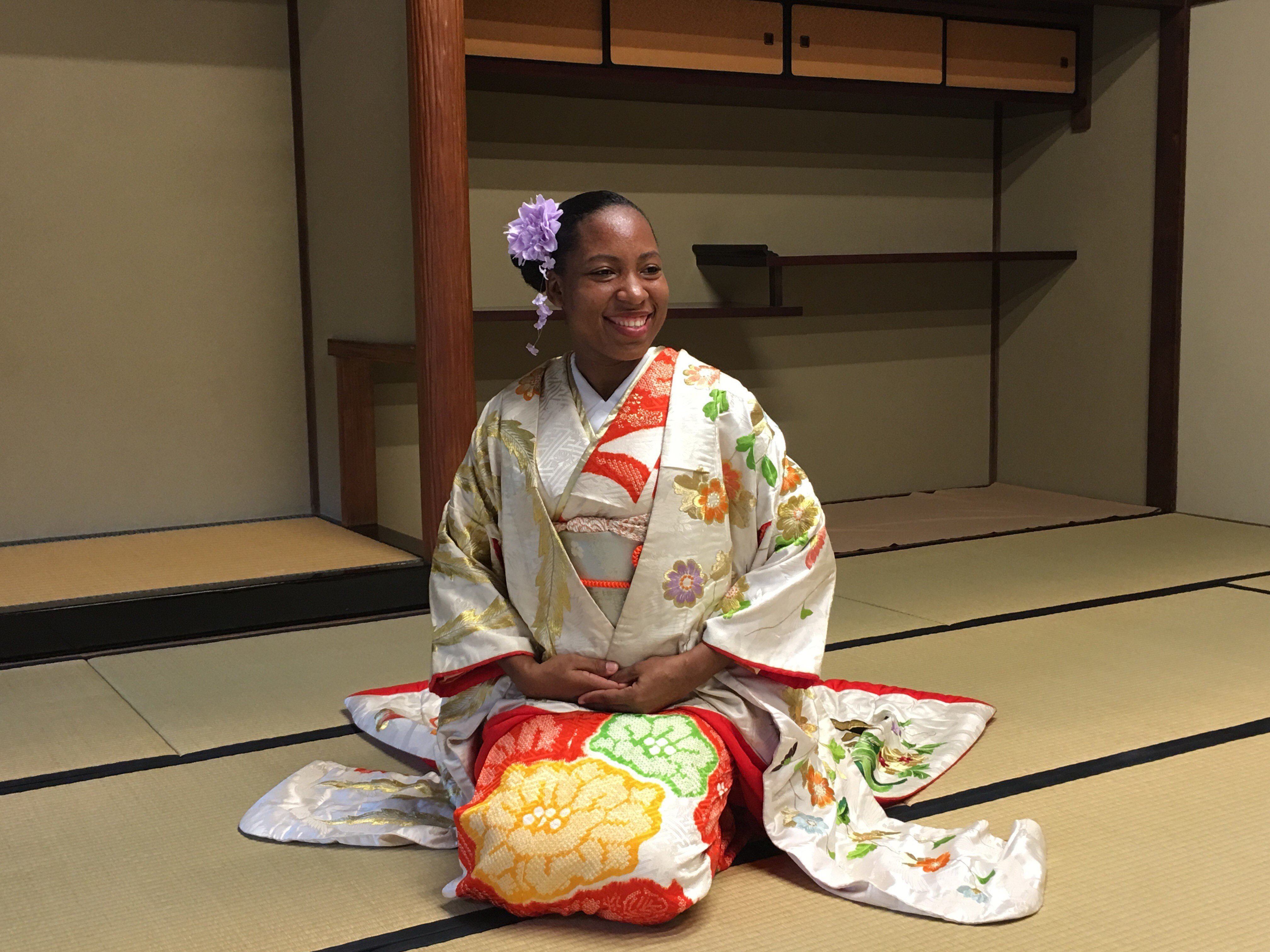
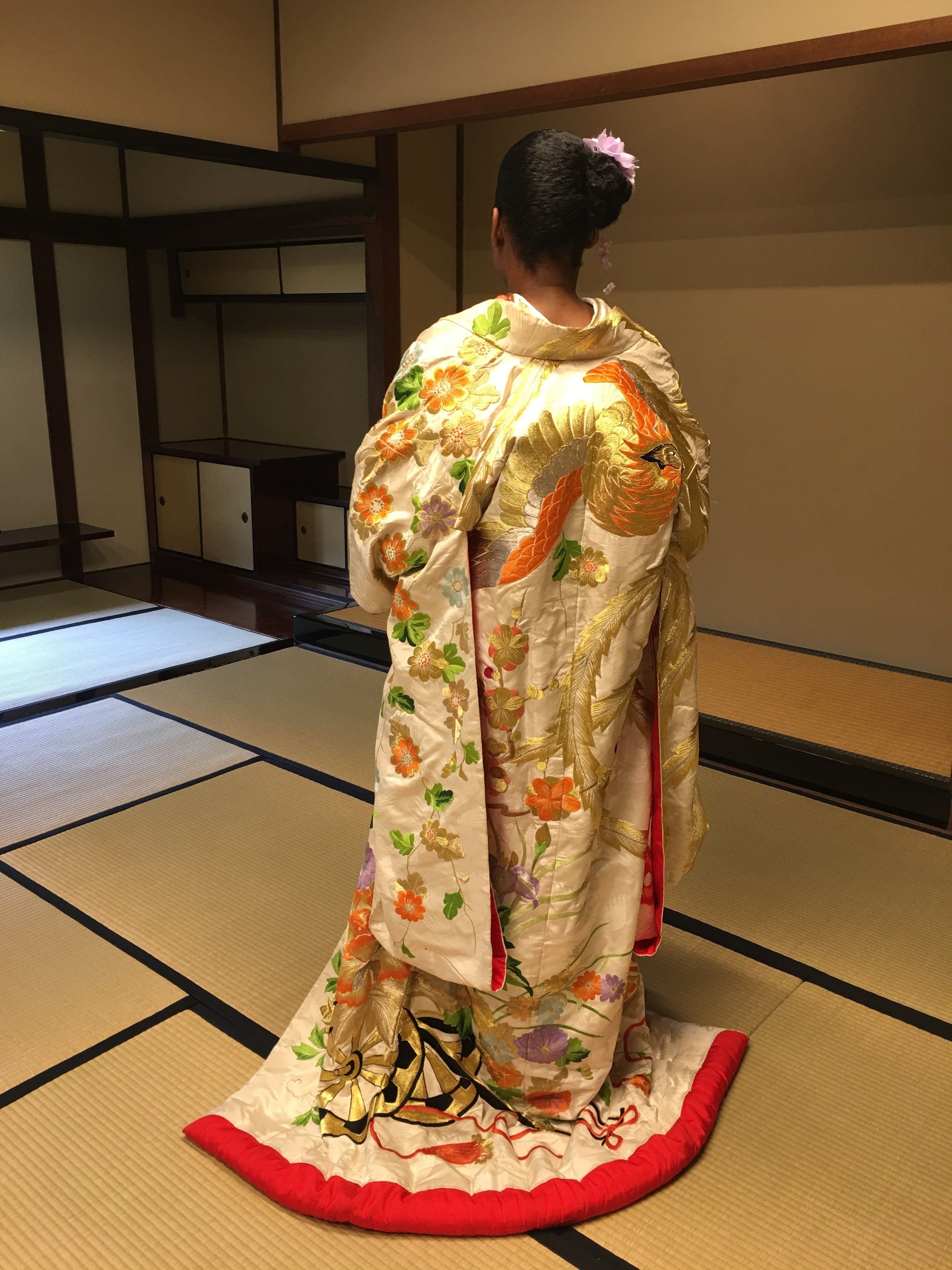

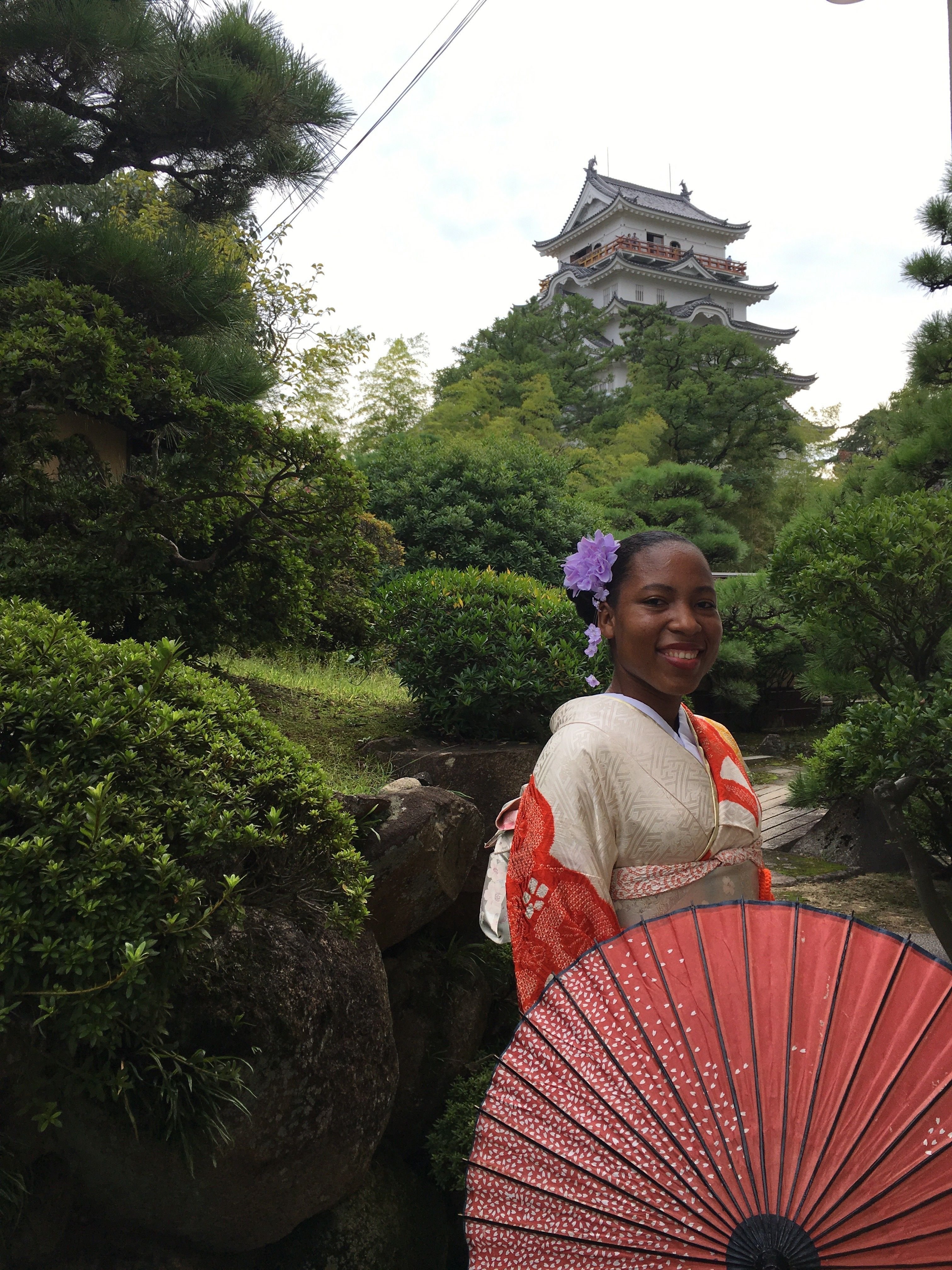
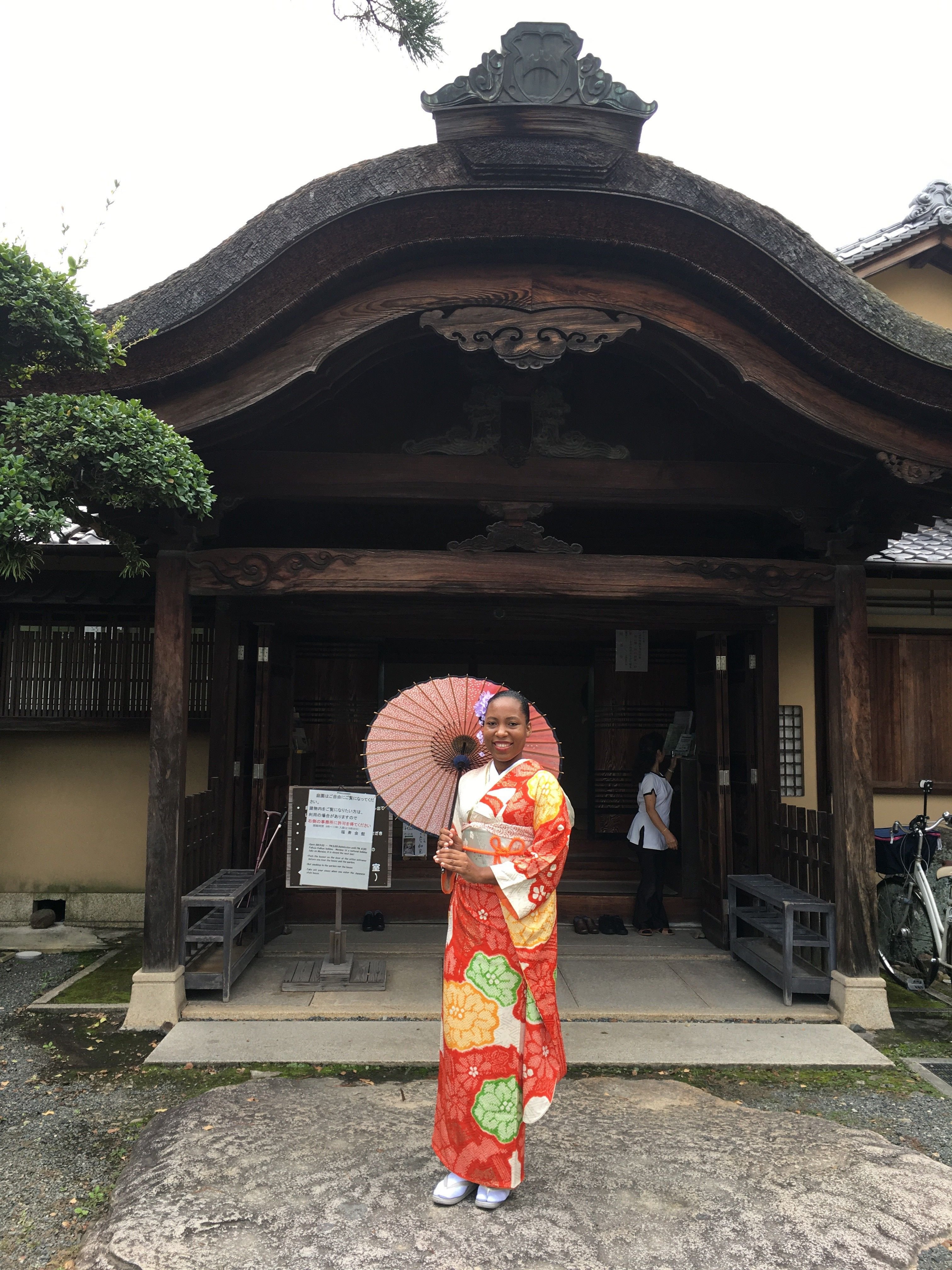

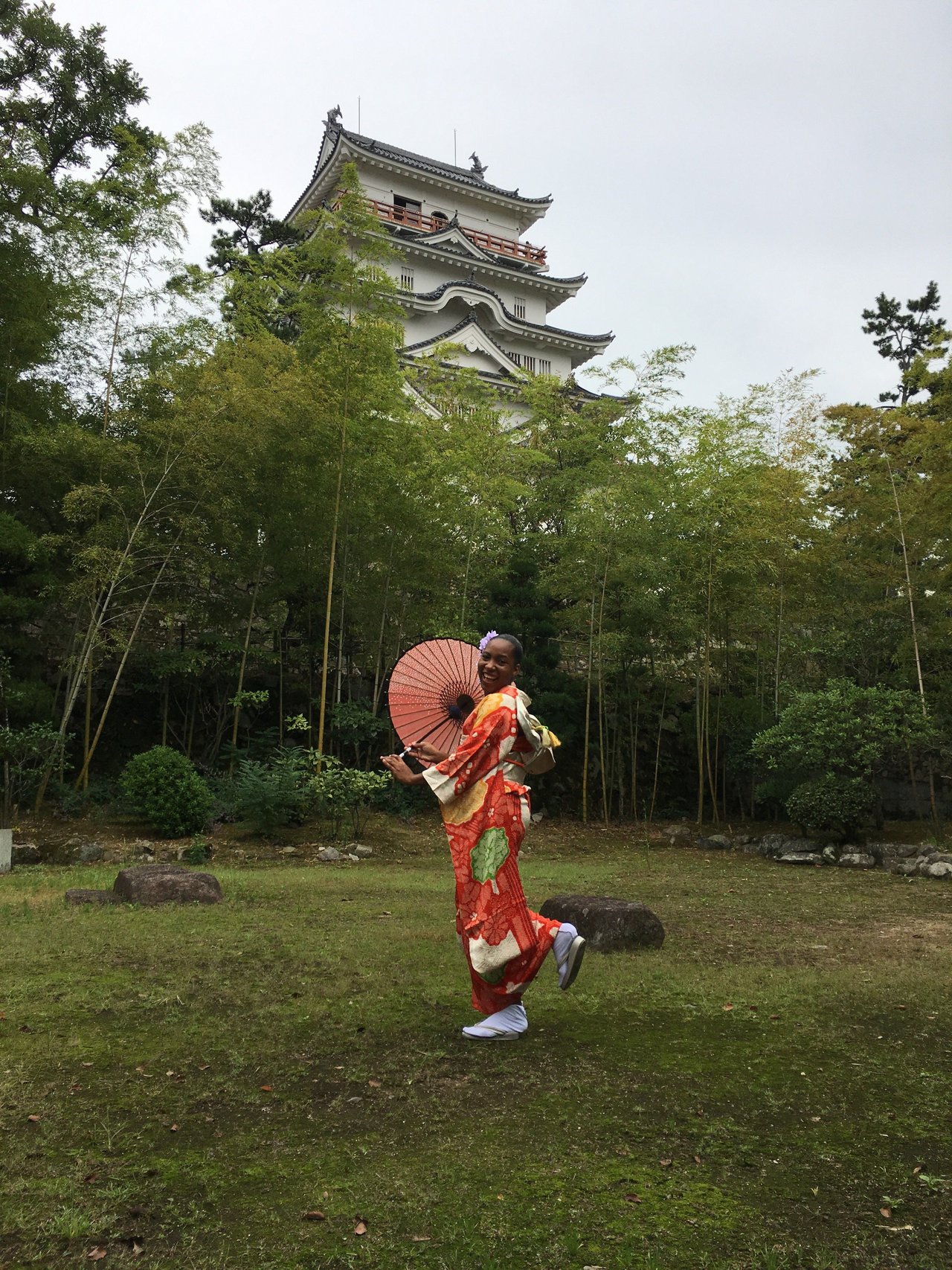.jpg)
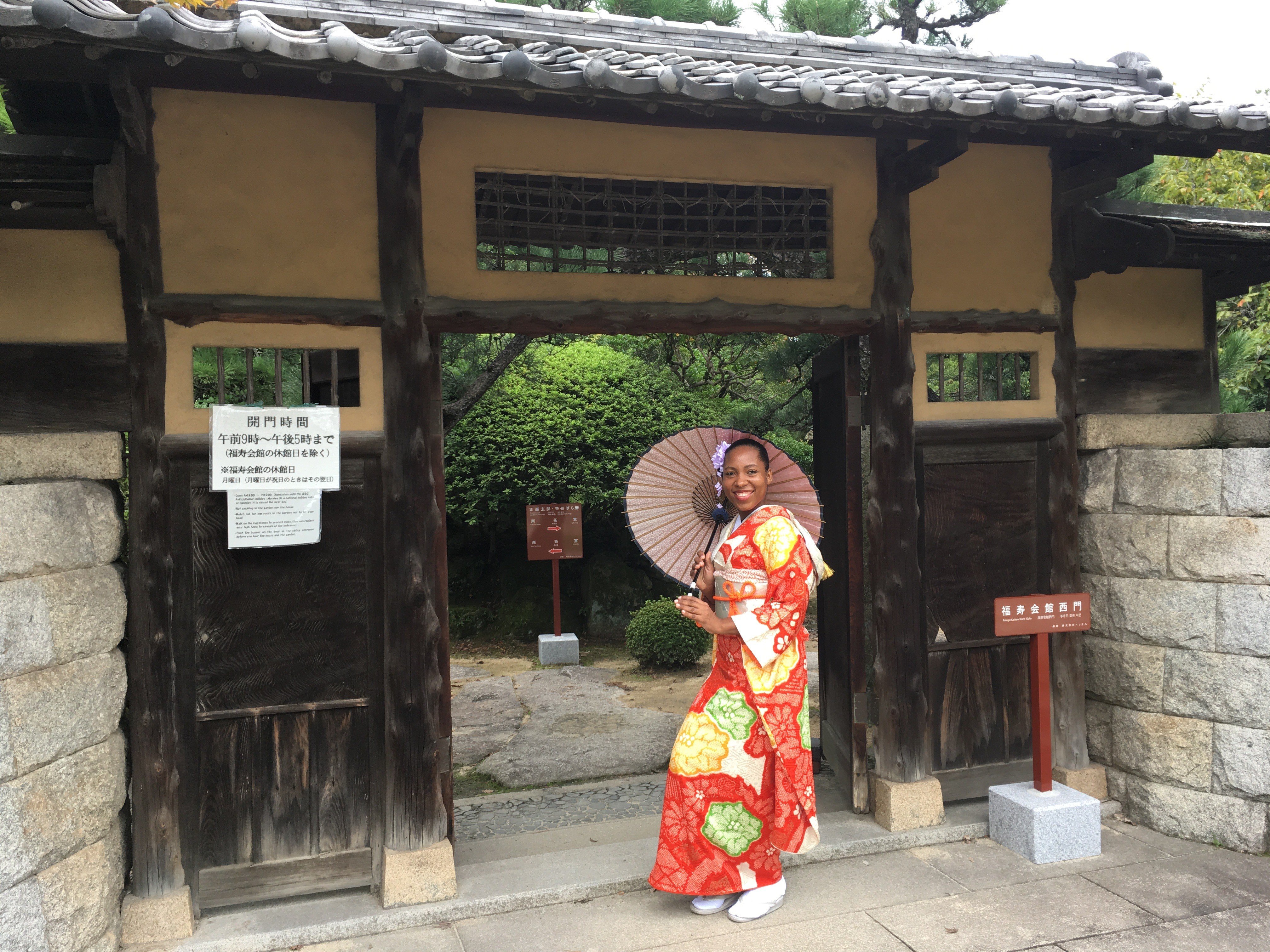
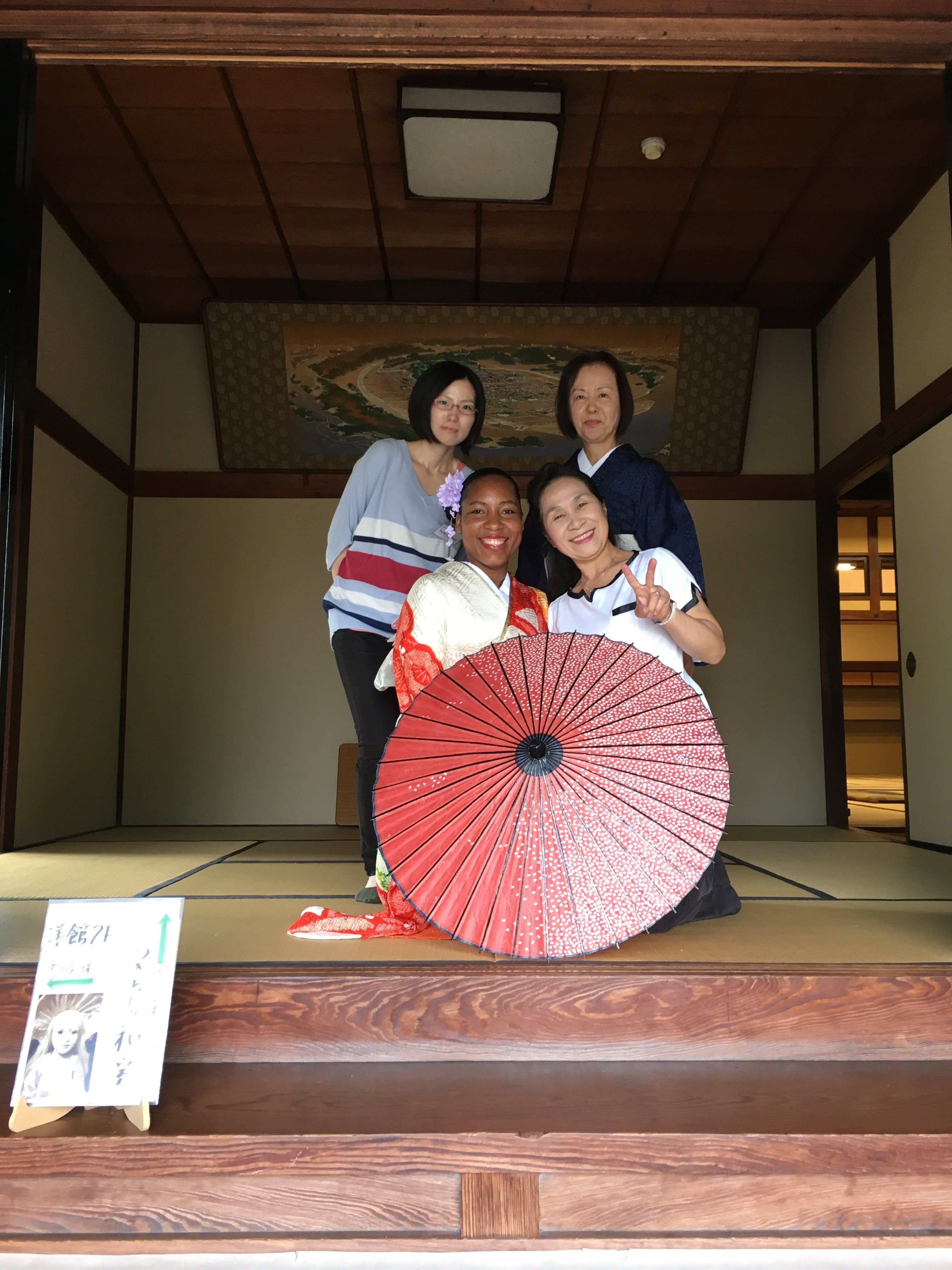
Do you remember that bucket list that you made? Add another bullet and write Kimono Experience; go ahead, do it now. I definitely recommend this experience to my beautiful ladies if ever you are in Fukuyama; heck if ever you are in Japan! 😊
I hope you enjoyed it.

